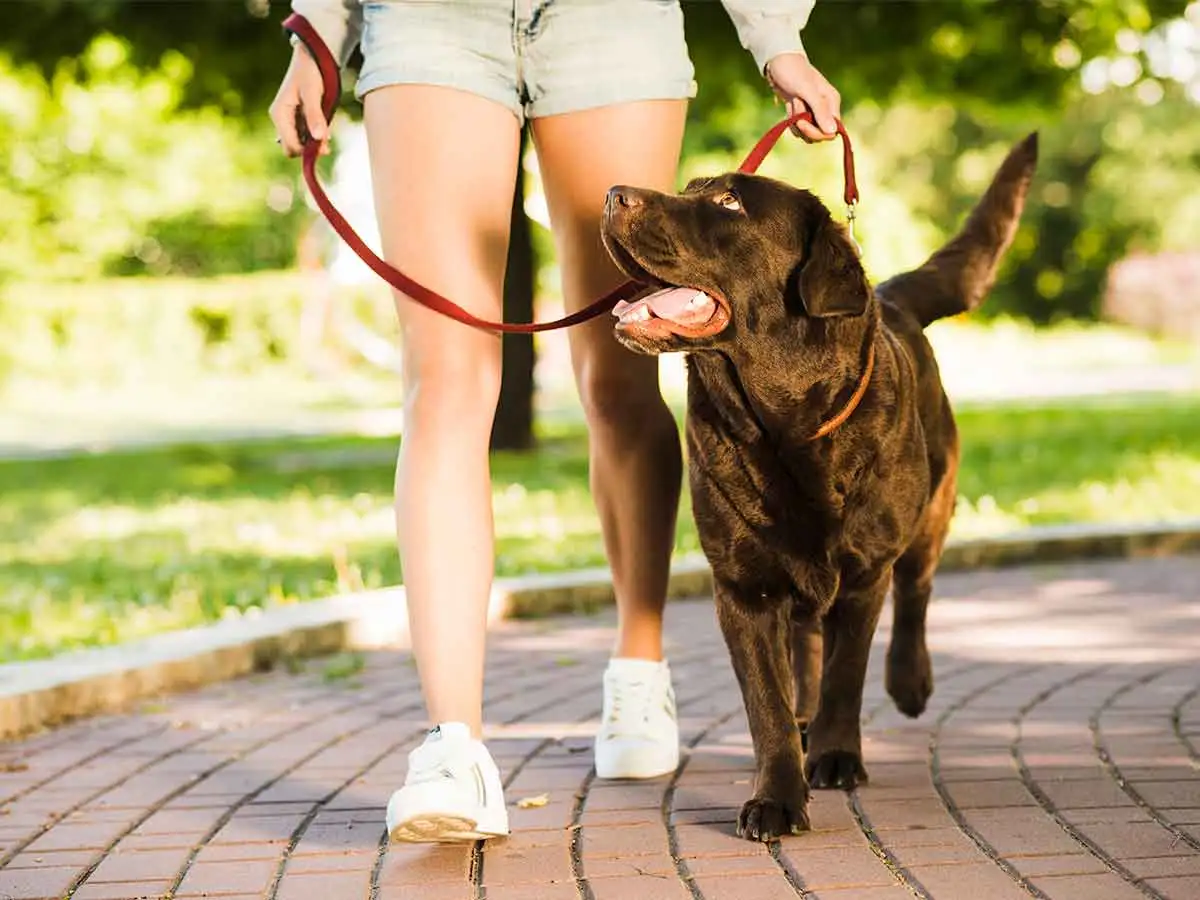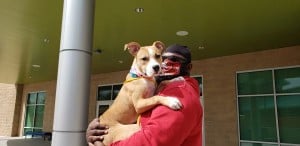
ANXIETY IN DOGS
33SHARES366VIEWSShare on TwitterShare on Facebook Dogs can experience di

Dogs can experience different type of anxiety and behavioral disorders, with our busy lives, including flexible work schedules, we need to be aware of how our dogs are responding; because anxiety in dogs can present in such a wide variety of ways (such as fear, stress, impulsivity, obsessive behaviors, panic, aggression and aversion). There are some dogs that have unmanageable anxiety despite having a wonderful environment.
Warning Signs of Anxiety
Dogs are very expressive animals, so it’s very important to learn your pet by observing their body language and behavior. An anxious dog’s tail may be low or tucked, ears back, eyes dilated (whale eye), they may appear irritable or aggressive (i.e., barking at someone), they may pant, tremble, drool even withdraw from its owner.
Anxious dogs may also appear very friendly, and may demonstrate displacement behavior, which are normal regular behavior that occur out of context when a dog is stressed. Dogs that are anxious may likely urinate and defecate inside the house, this is common with dogs with separation anxiety. Chronic anxiety may also lower a dog’s threshold for allergies, inflammatory bowel disease and other medical problems.
Prevention Tips for Puppies
Puppy owners need to continue providing appropriate socialization opportunities and healthy exposure in a non-stressful way for the next several months, when the dog consolidates its learning.
• Keep your departure and return calm and quite.
• Provide a safe and quiet space for your dog to retreat to and the end of the day.
• Gently reassure your dog that you are always there for them.
• Reward your dog for calming down and absolutely avoid punishment for behavior related to fear, phobia and anxiety.
Prevention Tips for Adult
To prevent anxiety and chronic stress when a dog is an adult, note the following:
• Plenty of exercise and mental stimulation that is appropriate to the dog’s age, and breed.
• Positive reinforcement/negative punishment training. Training opens communication between a person and a dog, it is not all about getting skills but ensures their stability.
• Regular medical care.
• Consistency and predictability in your dog’s routine.
Calming a dog exhibiting anxiety depends on the situation. If a dog have separation anxiety for example, they will need to do a program on behavior modification and may need some anti-anxiety medication.
Dogs exhibiting frequent anxious behavior should see their veterinarian as soon as possible. Providing comfort will reinforce the dog’s tendency to see the comforting owner to help manage their fears. Dogs do not live in packs as wolves do; but make loose social affiliations, which is why they can go to a dog park and wolves could not. There are some dogs that have unmanageable anxiety despite its excellent environment.
More like this
-
How To Train a Dog With Positive Reinforcement
 62SHARES686VIEWSShare on TwitterShare on Facebook What Is Positive ReinfRead more
62SHARES686VIEWSShare on TwitterShare on Facebook What Is Positive ReinfRead more -
ANXIETY IN DOGS
 33SHARES366VIEWSShare on TwitterShare on Facebook Dogs can experience diRead more
33SHARES366VIEWSShare on TwitterShare on Facebook Dogs can experience diRead more -
Nala Has Been Adopted!
 Mar 15, 2021 Nala Has Been Adopted!You helped us save her leg, and now sRead more
Mar 15, 2021 Nala Has Been Adopted!You helped us save her leg, and now sRead more -
Pet Car Safety Tips
 Apr 24, 2018 While cats usually ride in cars on an “as needed” basisRead more
Apr 24, 2018 While cats usually ride in cars on an “as needed” basisRead more -
8 Tips to Prevent Parvovirus in Your Dog or Puppy
 May 29, 2018 Canine parvovirus (commonly called parvo) is a highly contagious viRead more
May 29, 2018 Canine parvovirus (commonly called parvo) is a highly contagious viRead more




